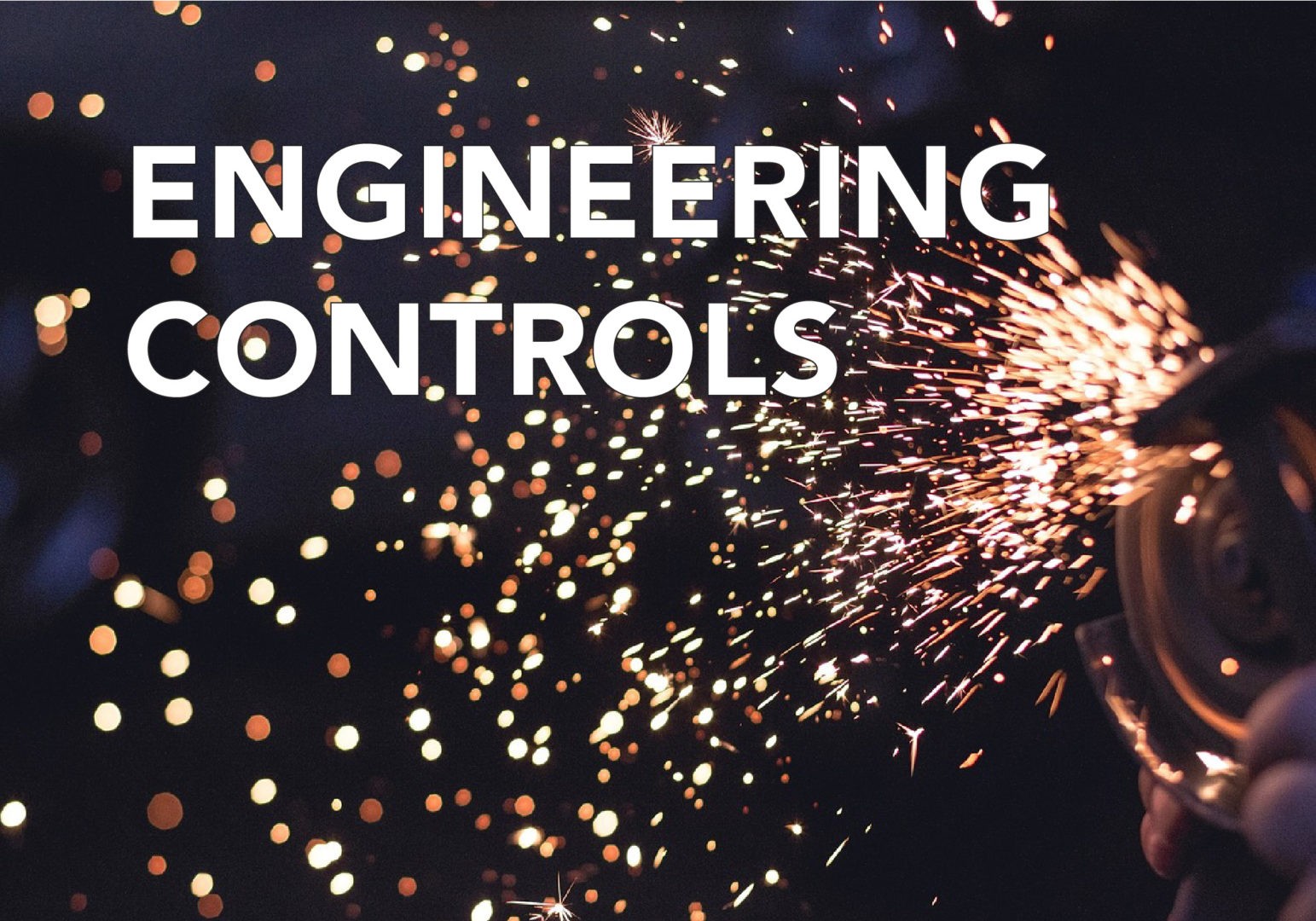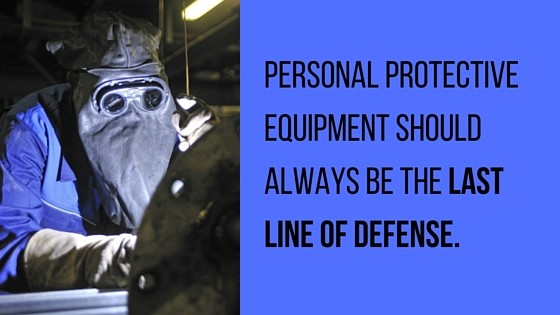Protecting your employees can be a full time job, and your very first step as an employer should always to be aware of occupational hazards and how to effectively control them. Sometimes answers to safety concerns are easy: Invest in a new, wobble-free ladder. Put operators through forklift safety training. Hang up “CAUTION: HOT” signs.
But what happens when the safety concern is more complex? What if equipment is so loud your ears are ringing two offices away? What if your crew occasionally handles fumy nitric acid?
That is when you end up in regulation-land, flooded with language about how to eliminate, reduce, and control hazards. “Engineering controls” will come up time and time again as a way to reduce hazardous materials exposure. Sounds complex and costly, right?
Not necessarily. Engineering controls are often easier to implement and more cost-effective than other methods of reducing employee exposure.
You may recognize the diagram below from NIOSH’s website that displays the hierarchy of exposure control based on effectiveness. You will see that Engineering Controls fall right in the middle.

Source: Center for Disease Control and Prevention | The National Institute for Occupational Safety and Health (NIOSH) https://www.cdc.gov/niosh/topics/hierarchy/
Before you can even consider any of these controls, you need to have assessments done to know what exactly employees are being exposed to and at what levels. Whether the exposure level is above OSHA PEL or enough to cause worker discomfort, the hazard must be either eliminated, replaced, isolated, or change the way workers operate…. but all too often the go-to solution is to hand out personal protective equipment and call it a day.
On the other side of the spectrum, eliminating or substituting the hazard is often impossible. Administrative controls tend to be ineffective because they are difficult to implement consistently and can be unproductive and costly.
That is why PPE often times becomes the first choice – it is seemingly the easiest and most obvious solution. It’s really not, though. PPE should always be the last line of defense. For example, respirators require medical clearance and appropriate fit testing and generally unpopular among wearers. Did we mention they are uncomfortable? Respirators are so uncomfortable in fact that they are often used ineffectively or not at all.
Which leads us to our next point: if eliminating or substituting the hazard is impossible, engineering controls should always be your first response. At first glance, engineering controls sound much more difficult than PPE to implement, but it is often the exact opposite. Engineering controls do not need to be significant or complex to be effective.
Example: A site using nitric acid in an industrial process.
The nitric acid arrives on site in pallet totes and needs to be transferred into the process, but is stored separately. Although workers do not actively work in this separate storage area, the acid still needs to get from point A to point B, and they are responsible for the transferring.
Engineering control: Completing the transfer puts the employees at risk for physical contact and fume inhalation, so the employer installs a pump to automate the transfer process. Employees no longer have to regularly enter the storage area to complete transfers. Instead, they only enter for brief periods of time for pump maintenance. Also, from an industrial hygiene perspective, sampling and exposure concerns were significantly reduced to the point that a Short Term Exposure Limit sample of 15 minutes was deemed sufficient.
That all sounds great, but cost is always an important consideration. While the initial cost of installing the pump may be significant, it should be compared to the cost of developing a full exposure assessment. There is no contest between fifteen minutes of sampling and 8 hours of sampling/institution of PPE protocols when workers perform activities related to nitric acid. More importantly, the potential hazard was effectively eliminated and no longer a regular concern.
Example: A mechanical process produces noise above exposure limits for the operator.
Engineering control: Constructing an isolated control room the operator can work in during the bulk of the day effectively eliminates the hazard.
Example: A process involving talcum powder consistency substance into a mixed gel.
This operation occurs only a few feet from the operator, and they are required to visually observe an open vessel. Powder material escapes before being mixed into the gel and poses an inhalation hazard.
Engineering control: A shop made plexiglass hood to be fitted over the vessel. Small diameter flexible ducting is fitted to the hood with a basic inline ventilation fan. Less than $200 is required for parts and a few hours of labor. It reduces the hazard while allowing the operator full visibility and the ability to access the vessel if needed.
Do not let the word “engineering” intimate you. Engineering controls do not have to be, and generally are not, complex or expensive. After all, that’s exactly what the sneeze guard on your favorite salad bar is.


